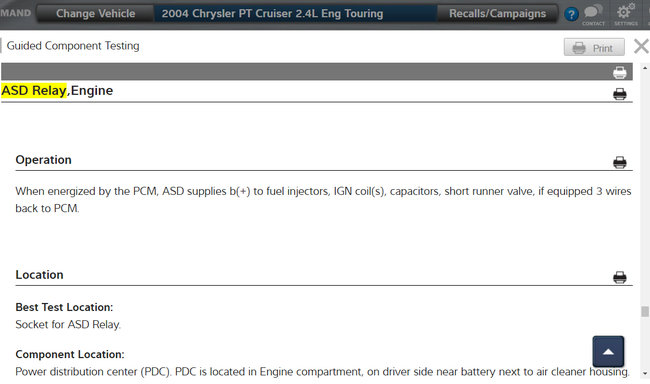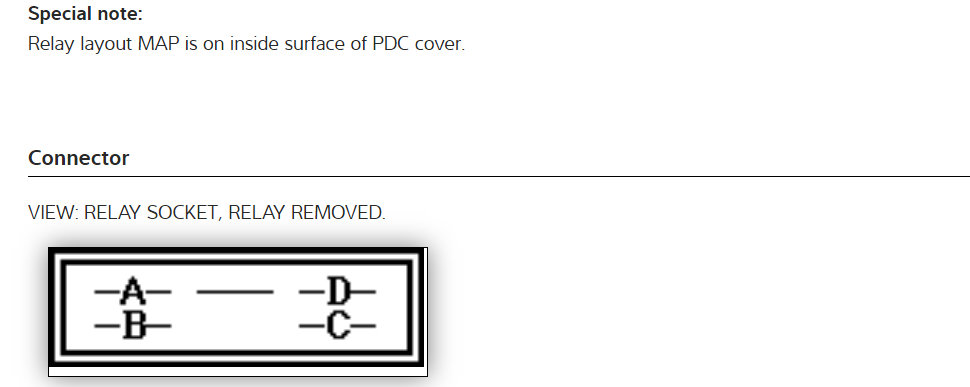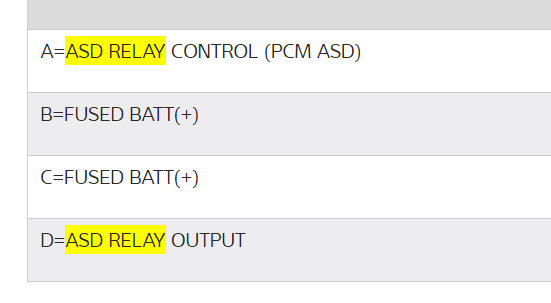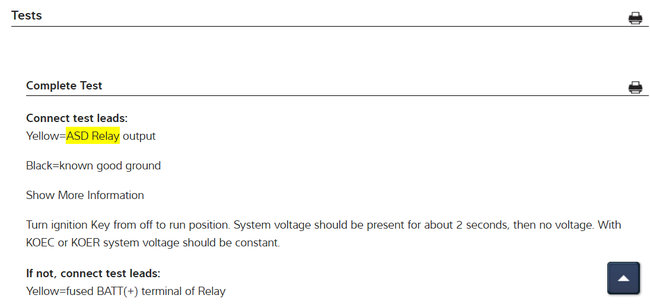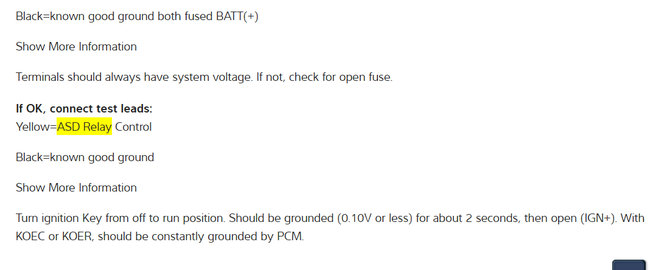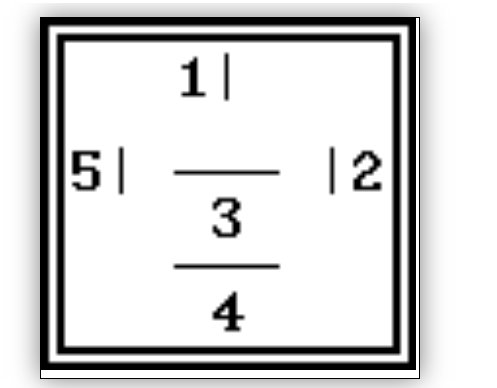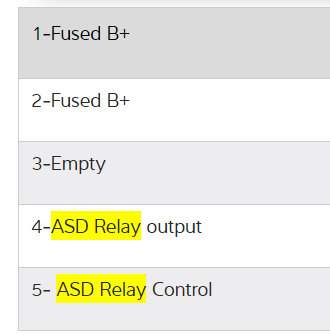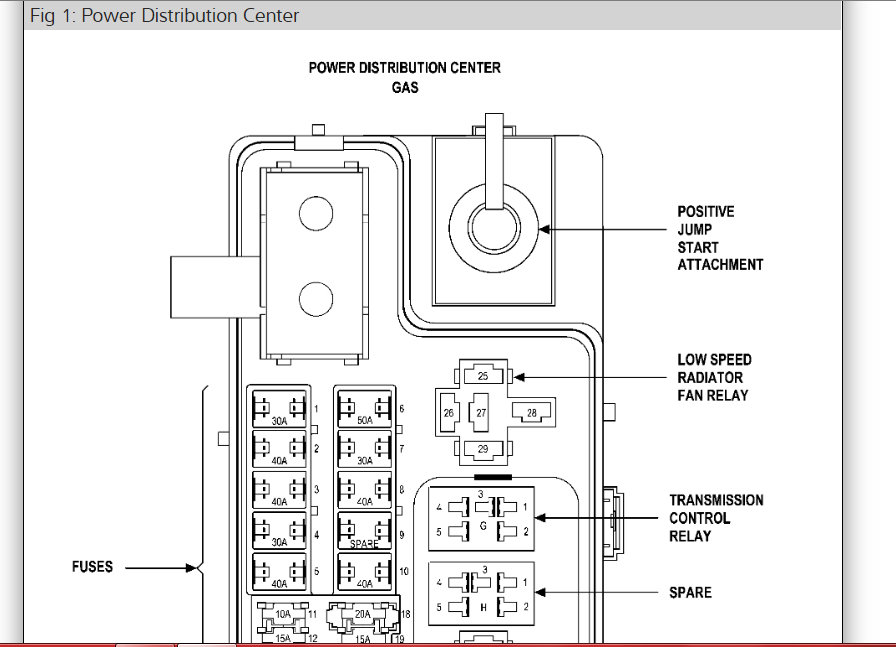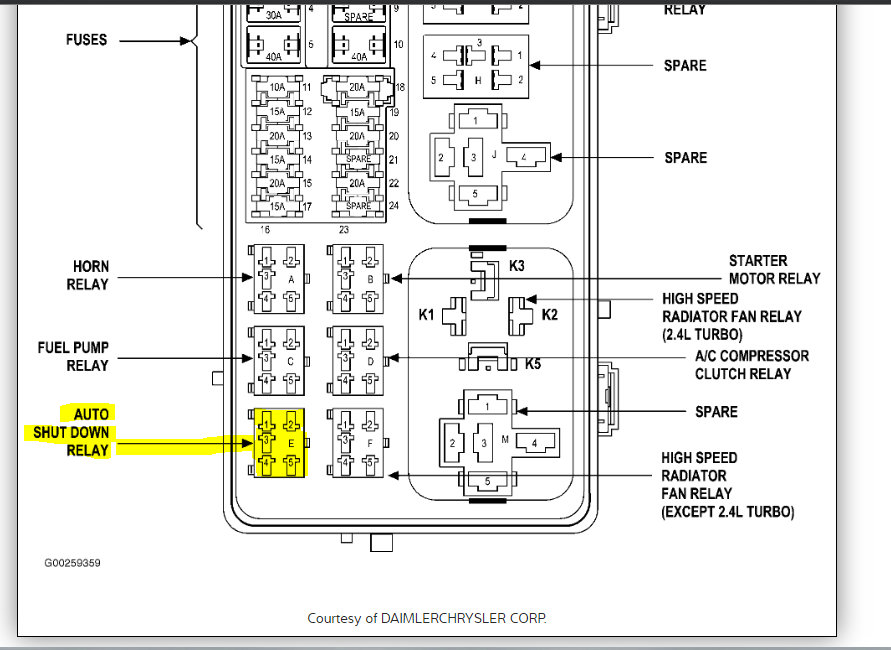I'm following this to learn what the solution will be. The first thing to do is read the diagnostic fault codes, but if you do not find any related to the cam and crank sensors, that is not conclusive. Those codes often do not set just from cranking the engine. They need more time to be detected, as in when a stalled engine is coasting to a stop. If you do find a fault code related to either of these sensors, remember, it is caused by a failed sensor only about half of the time. First we have to rule out problems with the wiring and connector terminals, and mechanical problems associated with the sensor.
Chrysler made reading the fault codes yourself much easier than any other manufacturer. Cycle the ignition switch from "off" to "run" three times within five seconds, leave it in "run", then watch the code numbers appear in the odometer display. You can go here:
https://www.2carpros.com/trouble_codes/obd2
to see the code definitions, or either of us can interpret them for you.
To speed things up a little, measure the voltage on the dark green / orange wire at the ignition coil or any injector, or on either smaller terminal on the back of the alternator. A test light works best for this because digital voltmeters don't respond fast enough. You'll see 12 volts on this circuit for one second after turning on the ignition switch. What's important is if that 12 volts comes back during cranking. If it does not, the signal is missing from the cam or crank sensor.
If you see the 12 volts bouncing on and off sporadically during cranking, and / or you have a fault code for "cam and crank sync", a common cause is the dowel pin between the camshaft and the sprocket is sheared off, and the sprocket has rotated slightly on the camshaft. That only applies to the single-cam engines.
The same fault code will set if the timing belt has jumped one or more teeth. At one tooth off, the Engine Computer sets the "cam and crank sync" fault code and turns on the Check Engine light. At two teeth off, or the equivalent of the slipping sprocket, the computer shuts the engine down to protect the valves. It does that by turning the automatic shutdown relay off. It's when the sprocket has spun the equivalent of about one and a half teeth that the ASD relay is found to be chattering on and off during cranking, but the fault code should still be set. When the timing marks look perfect, the "cam and crank sync" fault code is the clue to check the dowel pin between the camshaft and sprocket.
Thursday, August 15th, 2019 AT 3:30 PM
